Edit: the blue color is wrong, change it to 001A7D with 70% metallic and 70% smoothness (NO EMISSION)
The blue is in the bottom right corner.
——————————————————————————————
Credits to @GalacticaAsia's B757-200RR
Ah, American’s 757s! They look SO fire!
Old one here: https://www.simpleplanes.com/a/9Ce23A/Boeing-757-200-American-Livery-Fix (It’s like super mobile friendly)
CONTROLS
Ag1 - Arm Speed brakes (requires gear down)
Ag2-4 - Strobe/Landing/Cabin Lights
Ag5 - Open front left door (Requires not moving)
AG6 - Pushback
AG8 - Engines, Nav/Taxi/Beacon lights
De-activating 8 will cut power to all lights
optional: all 4 forward doors can open(just connect them to the Rotators, their small though)
Landing
Approach speed: 105 knots
VTOL(flaps): 100%
Trim: 25%
Gear: down
AG1: Activated(helps negate bouncy landings)
Cruise:
Cruise speed: mach.0.80(461 knots)-TAS
Max operating speed: Mach 0.86(496 knots) - TAS
optional:
No more than 250 knots below 10,000ft - IAS as per regulations
Lost: American Airlines flight 965
Going off-course
Cali's air traffic controllers had no functional radar to monitor the 757, as it had been blown up in 1992 by the terror group FARC. Cali's approach uses several radio beacons to guide pilots around the mountains and canyons that surround the city. The airplane's flight management system (FMS) navigation computer already had these beacons programmed in, and should have, in theory, told the pilots exactly where to turn, climb, and descend, all the way from Miami to the terminal in Cali.
Since the wind was calm, Cali's controllers asked the pilots whether they wanted to fly a non-precision straight-in approach to runway 19 rather than coming around for a precision ILS-approach to runway 01. The pilots agreed to the straight-in approach, hoping to make up some time. The pilots then erroneously cleared all the programmed approach waypoints from the flight plan in the aircraft FMS. When the controller asked the pilots to report passing over the Tulua VOR (identified as "ULQ") north of Cali, it was no longer programmed into the FMS flight plan, so they had to find the VOR identifier "ULQ" in their approach chart. In the meantime, they extended the aircraft's speed brakes to slow it down and expedite its descent.
By the time the pilots had selected the Tulua VOR identifier "ULQ" into the FMS flight plan they had already passed over it. The pilots then tried to select the next approach waypoint Rozo in the FMS. However, the Rozo non-directional beacon (NDB) was identified as "R" in their approach chart but not in the FMS. Instead the FMS database used a different naming convention and identified the Rozo NDB as "ROZO". Colombia had also duplicated the identifier "R" for the Romeo NDB near Bogotá 150 nmi (170 mi; 280 km) from Cali, which is not in line with the ICAO standard effective from 1978 to only duplicate identifiers if more than 600 nmi (690 mi; 1,100 km) apart. By selecting "R" from the waypoint list, the captain caused the autopilot to start flying a course to Bogotá, resulting in the airplane turning east in a wide semicircle. The pilots then attempted to correct this by turning back to the south. By the time the error was detected, the aircraft was in a valley running roughly north–south parallel to the one they should have been in. The pilots had put the aircraft on a collision course with a 3,000-meter (9,800 ft) mountain.[18] The air traffic controller, Nelson Rivera Ramírez, believed that some of the requests of the pilots did not make sense, but did not know enough non-aviation English to convey this.
Crash
Twelve seconds before the plane hit the mountain, named El Diluvio (the Deluge), the ground proximity warning system (GPWS) activated, announcing an imminent terrain collision and sounding an alarm. Within a second of this warning, the first officer disengaged the autopilot, and the captain attempted to climb clear of the mountain. Within two seconds of the warning, take-off power was selected, and in the next second, pitch was increased to 20.6° upwards, causing activation of the stick shaker. The stick shaker mechanically vibrates the control yoke (the "stick") to warn the flight crew of an imminent aerodynamic stall.
When take-off power was selected, neither pilot had remembered to disengage the previously deployed speed brakes, which were fully extended and significantly reduced the rate of climb. At 9:41:28 pm EST, the aircraft struck trees at about 2,720 metres (8,920 ft) above mean sea level on the east side of the 2,700-meter-tall (9,000 ft) mountain. The last record on the flight data recorder indicated that the plane was flying at 187 kn (346 km/h; 215 mph) and with a pitch attitude of almost 28°. The crash was 9.7 km (6.0 mi; 5.2 nmi) south of Tulua VOR and 28 km (17 mi; 15 nmi) north of the approach end of runway at Alfonso Bonilla Aragon International Airport. Initially, the aircraft cleared the summit, but struck the trees with the tail and crashed shortly after the summit.
Five passengers, all seated within two rows of each other, survived the initial impact, but one died two days later of his injuries. In addition to the four human survivors, a dog, which had been in a carrier in the cargo hold at the time of the crash, survived the accident.
In its report, the Civil Aeronautics determined these probable causes of the accident:
The flight crew's failure to adequately plan and execute the approach to runway 19 at SKCL and their inadequate use of automation
Failure of the flight crew to discontinue the approach into Cali, despite numerous cues alerting them of the inadvisability of continuing the approach
The lack of situational awareness of the flight crew regarding vertical navigation, proximity to terrain, and the relative location of critical radio aids
Failure of the flight crew to revert to basic radio navigation at the time when the flight management system-assisted navigation became confusing and demanded an excessive workload in a critical phase of the flight
In addition, the Civil Aeronautics determined that these factors contributed to the accident:
The flight crew's ongoing efforts to expedite their approach and landing to avoid potential delays
The flight crew's execution of the ground proximity warning system escape maneuver while the speedbrakes remained deployed
FMS logic that dropped all intermediate fixes from the display(s) in the event of execution of a direct routing
FMS-generated navigational information that used a different naming convention from that published in navigational charts
Source: Wikipedia (I know)
Have a nice
Specifications
General Characteristics
- Predecessor B757-200RR
- Successors 7 airplane(s) +188 bonus
- Created On iOS
- Wingspan 124.8ft (38.1m)
- Length 155.0ft (47.3m)
- Height 45.1ft (13.8m)
- Empty Weight N/A
- Loaded Weight 67,280lbs (30,517kg)
Performance
- Power/Weight Ratio 1.288
- Horse Power/Weight Ratio 0.044
- Wing Loading 25.1lbs/ft2 (122.6kg/m2)
- Wing Area 2,679.5ft2 (248.9m2)
- Drag Points 13489
Parts
- Number of Parts 596
- Control Surfaces 9
- Performance Cost 3,280


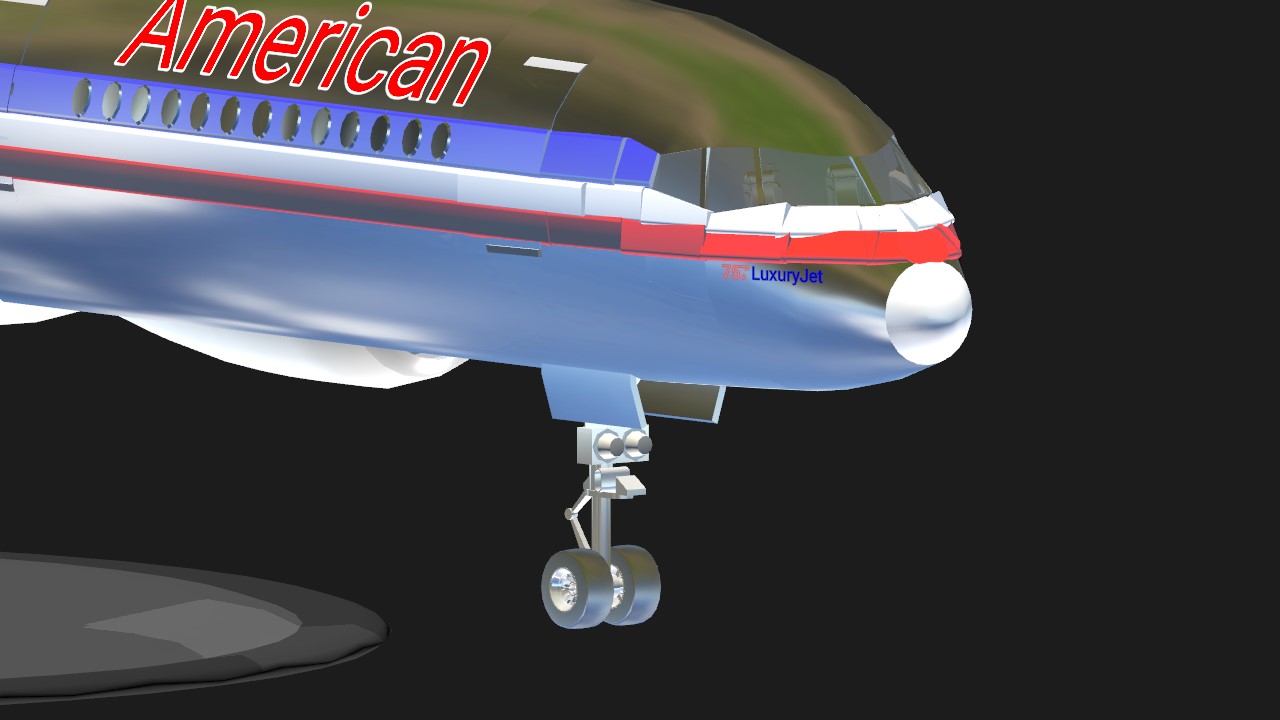
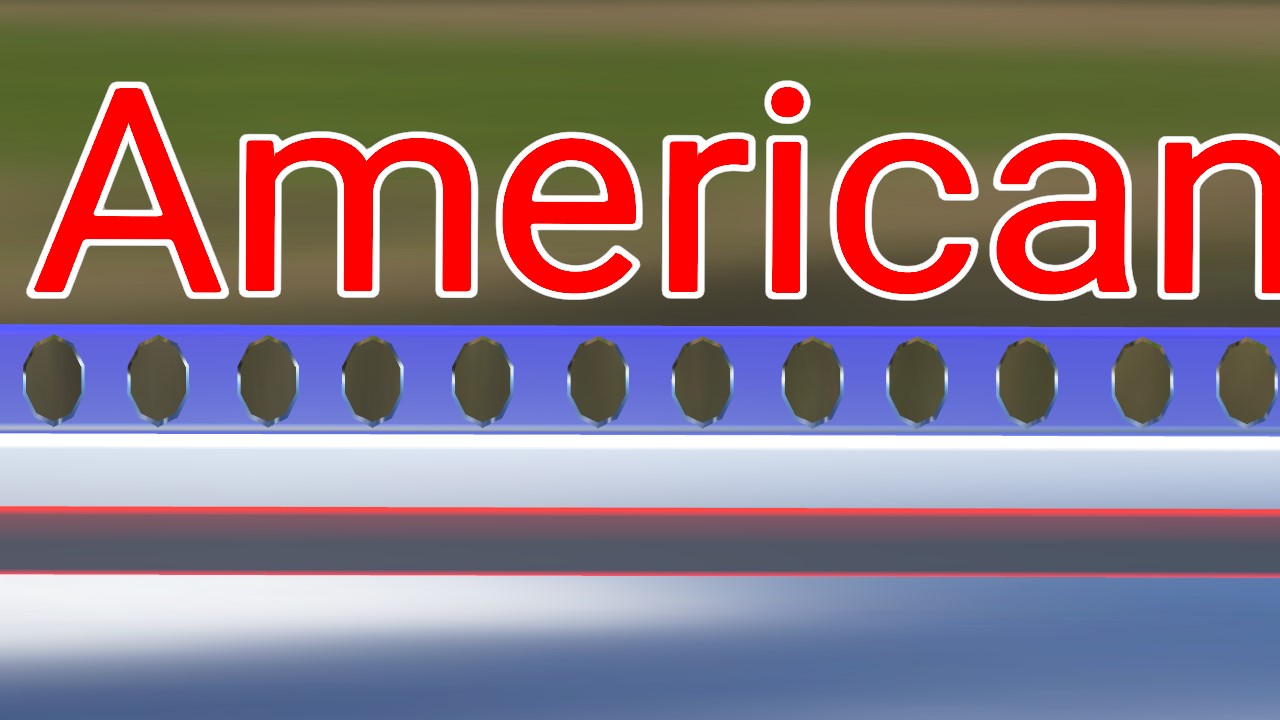
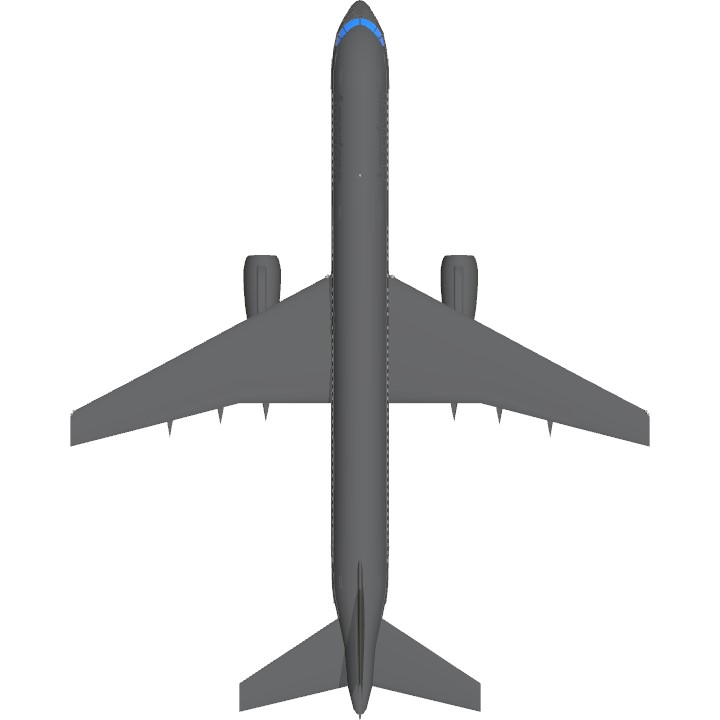
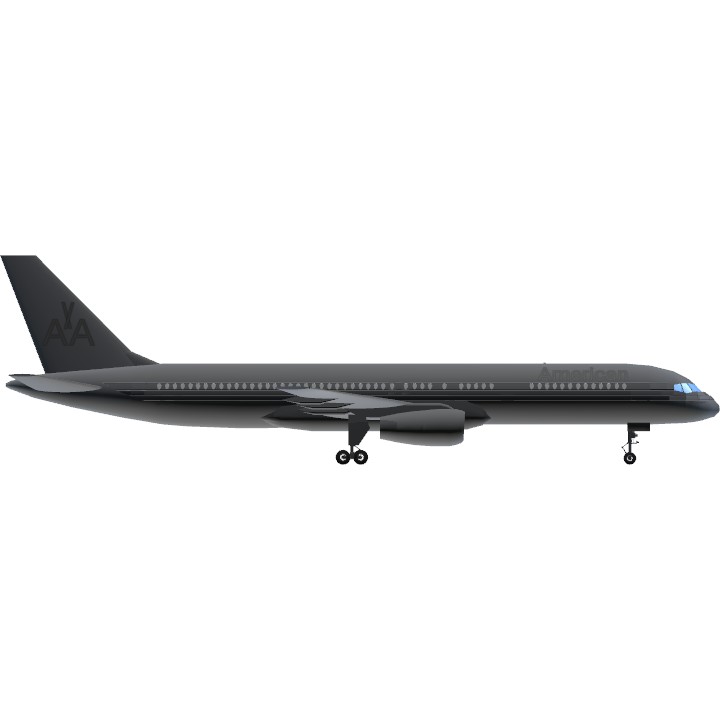
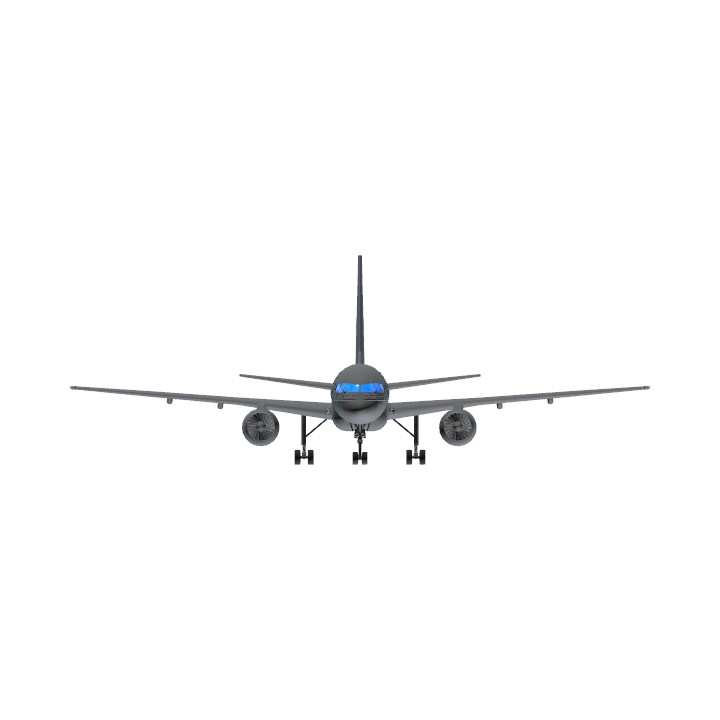
hi
@WhatIsThisUsername Please do not mention plane crashes on my builds. I'm done with it.
oooh american airlines chrome livery